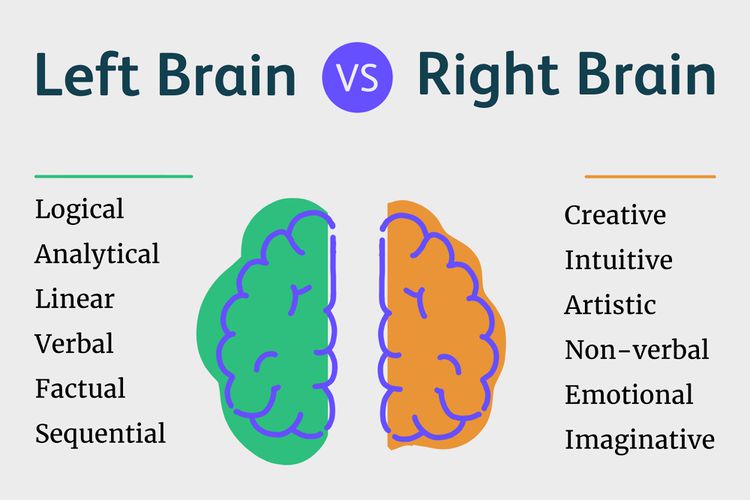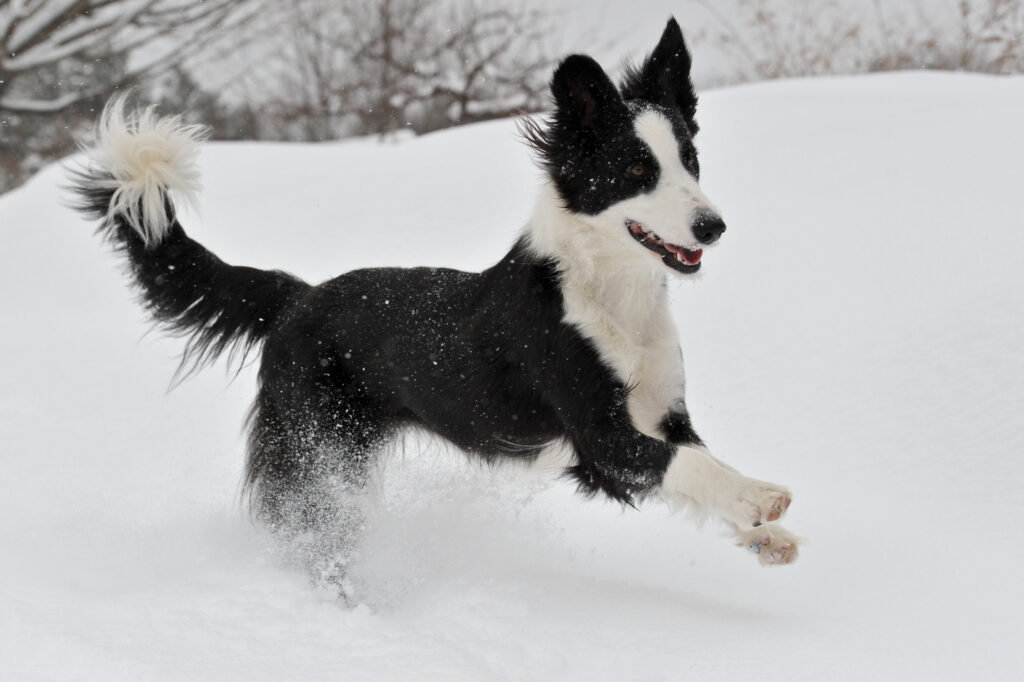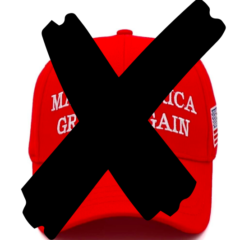Selecting a Puppy
I breed puppies to get the next generation of working collies that best meet my personal taste. The biggest advantage of breeding dogs is being able to observe the entire litter of pups from Day 1.
I try to share my puppy observations with buyers to help them choose the right pup. I try to steer them to the pup I think will fit best. I don’t think there is an absolute ‘best‘ puppy. It is the best puppy for a particular situation. Pups I keep have to fit well into a multiple-dog working farm environment. They have to be ready-made. Owners who have fewer dogs, esp. just one, typically have more latitude in selecting a pup, since they can spend more time to shape the pup and relationship. Pups that did not gel with me have gone on to do fantastically with others.

When to Select a Puppy
In general, choosing a working dog pup at 8 weeks (or even before) is a game of chance. For the most part, people selecting pups early are selecting on looks or behavior unrelated to working characteristics. Puppies are always changing. Working aptitude may not begin to appear until 3-4 months –sometimes much later than that. I don’t let buyers choose pups before 12 weeks or let them leave for new homes before then.
First, pups benefit from the extra time with their littermates.
Second, some litters and some pups mature later. I strongly suggest to people taking my pups that they wait until they are at least 16 weeks before selecting and taking a pup.
Sometimes, a pup will reveal its natural talent as early as 8-12 weeks. Mike from a Clwyd Bob litter was working sheep on his own with no training or assistance from me at 11 weeks. Mike has a balanced disposition, no obvious faults and gobs of natural talent. THAT is a keeper. He ticks all the boxes. However, seeing such a clear display of natural talent that early is rare.
I don’t make my own pup selections until 16-20 weeks. And even then it is tough.
When I purchase females, I like them to be 9 mo. +/-. I want to see who they are and what they are made of.
The practice of early selection is encouraged by breeders’ rush to get puppies out the door and into to new homes. 8 weeks-old is WAY too early for a serious working dog buyer to select a puppy.
AKC v. Working Collies
Working collies and AKC (American Kennel Club) registered border collies are both called ‘border collies’. They are however quite different. Their registries are different. One is bred for conformation to breed standard. The other is bred for temperament and herding ability.
I saw this photo on a FB border collie post and for me it captured the essence of AKC border collies. They all look pretty much the same. And they all act pretty much the same. Kind of like Twilight Zone episode.

Working Collies don’t do this. If this is what you’re looking for, choose an AKC Border collie.
If you were looking for an agility dog, there are specialty breeders that breed for the characteristics that best suit agility. Working colleagues tend to be more serious and have strong gathering and driving instincts for sheep stock.
There is considerable variation in the markings, coats and sizes and temperaments of working collies.
Most of my collies have smooth coats, because they are MUCH easier to care for on the farm. Most of my dogs have symmetrical markings but not all. And the proportion of white and black varies considerably.
People who want the kind of collies seen in movies and photo shoots should consider AKC border collies rather than working collies.
Economics of Dog Ownership
The lifetime cost of a dog with purchase price is $40,000 – $60,000!
Buyers should educate themselves up front on the breed and breeders. Visit the breeder, talk to the breeder (extensively), look at health profiles of parents, and use both sides of the brain when making a decision. Making the right choice is very important. A dog is a BIG INVESTMENT.

Pedigree
A pup’s pedigree is important. I don’t buy puppies wholly based on pedigree or exclude on because of it, but it is a vital piece of information in selecting a puppy.
What to look for in a working dog pedigree:
- Breeders or sheepdog competitors I know / respect
- Notable dogs, either as competitors or as breeders.
- Degree of inbreeding (common ancestors)
- Balance of breeding quality on sire and dam side
I like a pedigree that contains dogs of note, familiar names in recent generations and known breeders. Dam and sire matter, so I look for a balance of quality breeding on both sides.
Health
I like to see that pups are up to date on shots and worming. It is an indication of good care.
Genetic disease test results for the parents are very helpful if selecting a pup for potential breeding. Optigen, Wisdom Panel/Optimal Selection and Embark all provide full breed profiles for border collies that can help identify which genetic diseases a puppy might be carrier for.
With the principally recessive nature of collie genetic diseases, it takes two copies of a defective gene to produce the instance of a disease. So, one parent being a carrier of a disease doesn’t concern me. However, before breeding I will run a full breed profile
Generally, I have hips and shoulders scored in females if I know they are going to be producing more than one litter. There are two evaluation schemes: OFA and PennHip. PennHipp is regarded as a more accurate measure of propensity to develop hip dysplasia. However OFA remains the standard. Puppies can be evaluated as early as 16 weeks using PennHipp. Dogs need to be 2 years old to be definitively OFA evaluated.
Male v. Female
Does it matter?
Answer: Yes and No.
When / how does it matter?
- Dominance is mostly practiced among dogs of the same sex. If you have two dogs of the same sex, one will be dominant. Dominance is less defined or relevant with two dogs of different sexes.
- Females tend to be smaller, by about 20%. That can translate into strength and can be relevant in some working situations.
- A female may not be at usual working performance during estrus (her heat cycle).
- There are health reasons to spay a female after the age of 2 if she is not going to be breeding. Those generally don’t exist for males, unless there are problems later in life.
- Females are more prone to incontinence later in life, esp. if spayed. There are effective drug therapies for incontinence, Proin™️ being one of them.
- Males more aggressively mark territory (often with lifted leg).
People perceive different traits in sexes. About half of the people looking for a puppy have a preference for which sex they want based on perceived differences. My own experience is that it is mostly down to the dog and generalizations about behavior differences by sex are debatable. However, some (non-scientific) observations:
- Females fight more among themselves. They continually either reinforce existing dominance or challenge it. There is a reason we refer to ‘bitch fights’. They can be more vicious than male fights.
- For males, dominance is established, over and done and there is little reason to keep pushing it. Mostly, as in ruts, it is just understood by size and age who is dominant, no need to fight it out.
What to Look for in a Puppy
There is a nice introduction to choosing a border collie on the American Border Collie Association (ABCA) website. The ABCA is the working collie registration organization in the USA.
Below are my personal thoughts.

Renowned sheepdog competitor, breeder and trainer Kevin Evans told me: “Super keen, biddable with brain is what you need.“
…and he added to that point. “The tough ones still need to move… head bangers are no good for anyone. They need to want to do it right… the others will always let you down.”
Putting my own spin on that answer, here is what I look for in selecting a puppy(s) to keep.
- *Temperament* – single most important thing in selecting a pup!
- Serious (minded) side – puppies can be too playful (for too long), like to see transition to working/herding behavior even in play
- Calm – pups with ‘inner calm’ beneath the puppy playful. Nervous dogs make me nervous.
- Eye contact – looks me in the eye when I’m talking and pays attention
- Moderately friendly …overly friendly/needy puppies put me off, some independence is good
- ‘4’ on a 1-5 scale of power/intensity
- Enthusiastic, spirited, sure dogs
- Avoid overly strong alphas and bullies
- Shy or timid pups belong somewhere else
- Strong but naturally yield to their human
- Self-assured and confident
- Cheerful, fun
- Engaged with surroundings
- (very) Little Barking – inveterate barkers are a problem
- Intelligent, inquisitive, alert
- Honest – can be trusted to behave out-of-sight as they do with me
- No Fears – of me, other dogs, new situations, noises
- Chemistry – always easier when a pup is interested in / likes you …that is what people refer to as ‘the pup choosing them’
- Good Listener
- Attentive, responds to his/her name and basic commands
- Takes Correction – working dogs HAVE to be able to take correction well. I look for that early. Pups that shrink from correction or run away are no good to me.
- Comes When Called – running away when it is time to be collected / go into the kennel is a red flag for me. Coming when called is House Rule #1. A few times early on doesn’t concern me. My experience is that when a pup consistently doesn’t come when called or runs away, I’m going to see inconsistency in taking commands for life. Not coming when called is often paired with not being able to take correction.
- Resilient – pups need to bounce back from hurt, bad situations, adverse events and corrections
- Early interest in sheep – not required, but it is good sign, sometimes very good dogs take time …and like to see adults do it first
- Ease of crate training / housebreaking – I associate this with awareness and trainability generally
- Stays home – some wanderers never learn to reliably stay home (and need fences)
- Size, body morphology
- My preference is for medium to large dogs (but I have smaller females who are excellent workers)
- Smooth coats are easier to keep clean
- Classic markings are nice (esp. for breeding) but not essential

